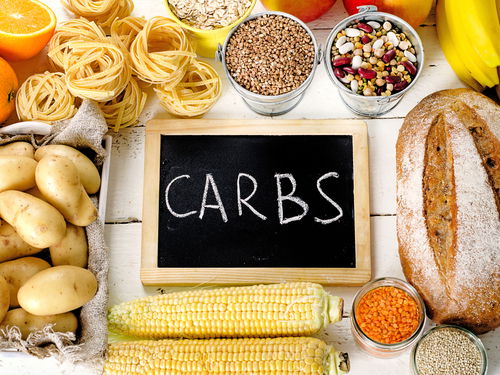Carbs Are Your Body’s Choice of Energy

Decades ago, the reasoning that less fat in your food would translate to less fat on your body seemed intuitive. However, too many dieters thought it would be fine to gorge on large amounts of fat-free or low-fat foods, which is not true. Dieters that regularly consume a very low-fat diet include vegans and those who follow a macrobiotic diet. Each of those tend to be low in saturated fat and high in complex carbohydrates and fiber. When carbohydrates are available, they are the body’s primary source of energy. Your body burns carbs to fuel your brain and body. However, when carbohydrates are unavailable, your body begins to burn fat. A good low-carb diet or a good low-fat diet should provide plenty of healthy food choices, relatively few restrictions and no pre-packaged foods.
EFAs Can Help Dieters Achieve Optimal Health
Many studies have shown how essential fatty acids support a reduction of cardiovascular morbidity and mortality. Essential fatty acids can help overweight individuals achieve optimal health, including:
- Omega-3 Fatty Acids - These EFAs belong to a family of polyunsaturated fats and are associated with numerous health benefits, such as inflammation and depression.
- Omega-6 Fatty Acids - Like omega-3 fatty acids, omega-6 fatty acids are polyunsaturated fats. Unfortunately, Americans consume too much omega-6 in corn oil and vegetable oil.
Although there are differences between evidence-based medicine and evidence-based nutrition, there is great promise that knowledge of fatty acid metabolism can be applied directly to human disease
Carbohydrates Are Complex Macronutrients
Fiber is the most misunderstood carbohydrate. Many carbohydrates contain dietary fiber, which is an indigestible complex carbohydrate that can help to prevent weight gain and may even promote weight loss. In a study, women who decreased fiber intake gained weight. No pun intended; fiber gets things moving with poop-promoting powers that support bowel regularity. There are two kinds of fiber: soluble and insoluble. Your small intestine cannot digest fiber the way it uses sugars and starches. Soluble fiber found in grains, legumes, seeds, and some fruits swell up with water and gets broken down by bacteria in the large intestine. The basic unit of a carbohydrates are monosaccharides that can be stuck together and arranged differently. These form the three main types of carbs: sugar, starch and fiber. Each differ in chemical structure as well as how your body uses them.
By submitting this form, you agree to receive marketing text messages from us at the number provided, including messages sent by autodialer. Consent is not a condition of any purchase. Message and data rates may apply. Message frequency varies. Reply HELP for help or STOP to cancel. View our Privacy Policy and Terms of Service.

